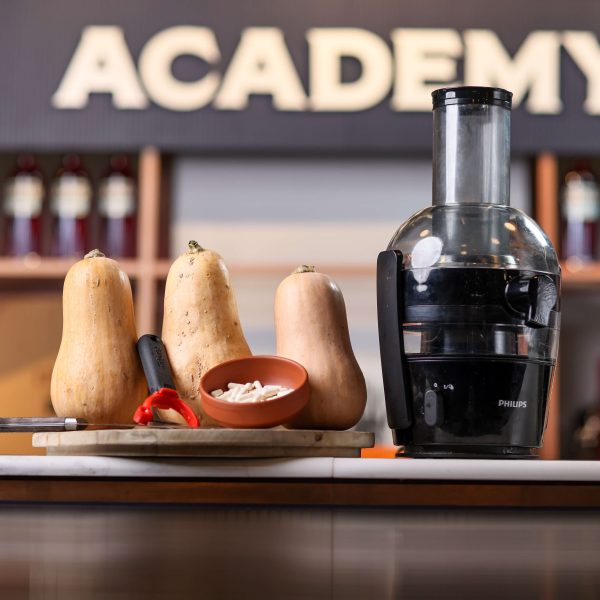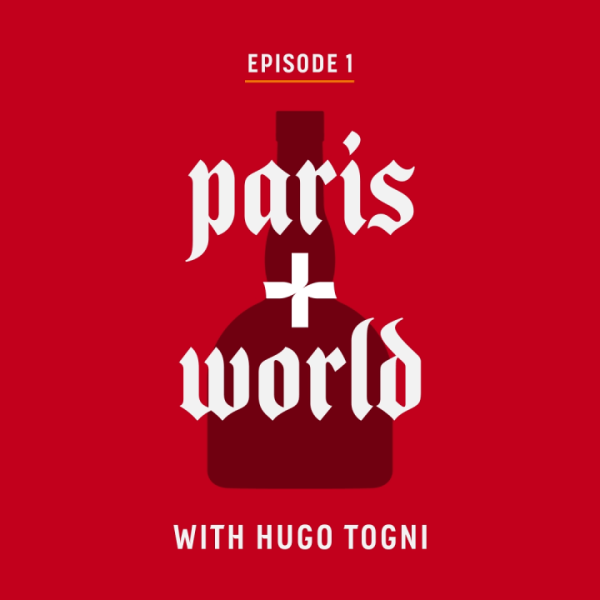A guide to Vodka and its versatility

Vodka is one of the most popular global spirits – and is produced all over the world. Since there is so much variety possible when it comes to vodka – most producers tend to highlight their source materials, distillation style, and filtration methods in order to differentiate themselves. Vodka can be made from any fermentable sugar source – but is traditionally sourced from cereal grains like corn, rye, and winter wheat. It is commonly made in a column still – and most producers distill more than once, as the goal is a clean distillate – free of most congeners. Laws about vodka production vary around the world. For example, in the U.S, vodka must be distilled above 95% ABV and then water must be added to reduce the proof no lower than 40% ABV – however, in the EU that limit is 37.5%. Vodka can also be filtered through any material that cleans impurities including limestone, diatomaceous earth, carbon, quartz, sand, paper, charcoal, and cellulose – among many other things. The possibilities are endless!

































